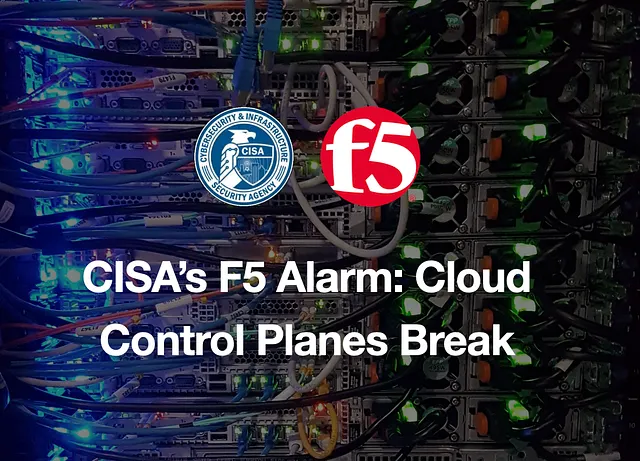Bitcoin and Solana Stabilize: Analysts Say MAGACOIN FINANCE Could Lead the Next 100x Presale Boom
The market is finding balance again, and MAGACOIN FINANCE is quietly gaining attention. With Bitcoin and Solana showing signs of recovery, traders are rotating capital toward new altcoins that could outperform by year-end. MAGACOIN’s upcoming exchange listings may make it the breakout story of Q4.
Bitcoin Holds Ground After $19B Crash
Bitcoin is recovering after a $19 billion liquidation shook the market earlier this month. Geoff Kendrick, head of digital assets research at Standard Chartered, said the sell-off might have set the stage for the next big rally.
In an interview with Cointelegraph, Kendrick reaffirmed his Bitcoin price target of $200,000 by year-end, noting that the market’s correction could attract fresh buyers. He expects ETFs and gold price gains to drive new inflows into Bitcoin.
Despite a brief dip to $104,000, Bitcoin now trades near $108,000 and continues to attract interest from long-term holders. Kendrick believes the U.S. Federal Reserve’s rate cuts and steady ETF demand will keep fueling this uptrend.
He also noted that “the dust needs a few weeks to settle,” but when it does, investors may view this phase as a key buying opportunity. Many see Bitcoin as the best crypto to buy for November, with traders positioning ahead of a possible fourth-quarter breakout.
Solana Eyes Recovery Toward $250
Solana (SOL) has shown resilience after dipping below $180. Analysts see the recent correction as a chance for buyers to re-enter, with technical patterns hinting at a move toward $250.
Crypto analyst Lark Davis said Solana looks “constructive” after forming a W-pattern, suggesting a double-bottom setup on the daily chart. The next target for SOL sits near $210, and if buyers hold momentum, the move could extend higher.
Institutional demand is also picking up. Data from CoinShares shows Solana-based investment products received $156 million in weekly inflows, signaling growing interest from larger funds.
The SEC’s pending approval of nine Solana ETFs could further lift sentiment, potentially unlocking billions in new market exposure. For many traders, Solana remains among the best crypto assets to buy for November, especially with talk of new ETF products entering the market.
MAGACOIN FINANCE: The Best Crypto Presale for a 100x Move
With Bitcoin and Solana finding balance, MAGACOIN FINANCE is catching attention as one of the best crypto presales of the year. The team confirmed plans for upcoming DEX and CEX listings, setting the stage for what could be the biggest Q4 breakout among new tokens.
Trading below $0.0006, MAGACOIN FINANCE gives early buyers a chance to position before listings begin. If the price climbs to $0.06, that’s a 100x leap — the kind of move early presale holders aim for.
For traders diversifying their portfolios, MAGACOIN stands out as a new Solana challenger with real community traction and strong presale engagement. Many now see it as the best crypto presale to watch in November, combining low entry pricing with upcoming exchange exposure.
How Traders Can Position Now
As Bitcoin and Solana rebuild confidence, traders are rotating toward newer altcoins that could outperform in Q4. MAGACOIN FINANCE fits that setup — early, active, and preparing for listings.
Those watching the next wave of altcoin breakouts may want to act early. Visit magacoinfinance.com to learn more or join the discussion on X and Telegram:
- Website: https://magacoinfinance.com
- X: https://x.com/magacoinfinance
- Telegram: https://t.me/magacoinfinance
This publication is sponsored. Coindoo does not endorse or assume responsibility for the content, accuracy, quality, advertising, products, or any other materials on this page. Readers are encouraged to conduct their own research before engaging in any cryptocurrency-related actions. Coindoo will not be liable, directly or indirectly, for any damages or losses resulting from the use of or reliance on any content, goods, or services mentioned. Always do your own research.
The post Bitcoin and Solana Stabilize: Analysts Say MAGACOIN FINANCE Could Lead the Next 100x Presale Boom appeared first on Coindoo.
You May Also Like

CISA’s F5 Alarm: Cloud Control Planes Keep Breaking
- Opaque control planes Closed, proprietary systems where code and configs aren’t publicly inspectable. When breach details or zero‑day knowledge leak (as with F5), defenders are racing a clock they can’t see.
- Internet‑exposed management Admin interfaces accidentally left on the public internet; emergency directives repeatedly tell agencies to hunt these down and isolate them. It keeps being a problem because it’s easy to miss one in a sprawling estate.
- Credential and key sprawl API keys, embedded service credentials, and device secrets live in many places. The F5 directive flags the risk of embedded credentials and API keys being abused after compromise.
- End‑of‑support drift Old boxes never quite retire; they keep running in the corner until a crisis forces them out. ED 26‑01 explicitly orders EoS devices to be disconnected.
- Patch coordination and blast radius Even when patches exist, rolling them out across multi‑tenant, multi‑region estates without breaking traffic is hard. Meanwhile, attackers have a map. Security teams aren’t failing because they’re careless; the surface area is exploding and the control plane is still mostly a black box. A different security model: Observable control, enforced delay If you need a public, high‑security database service — something where rules and state are meant to be visible, and where unilateral admin actions are unacceptable — the best pattern we have today is: Why this works better for that class of service:
- Use a widely adopted multisig (e.g., Safe) with a threshold that tolerates at least one key loss or compromise. Keep signer operational independence high: different orgs, different custody methods, different geographies.
- Wrap all privileged operations in a TimelockController (or equivalent) with a delay long enough for automated watchers and humans to respond. No direct admin calls.
- Minimize the module surface on the multisig. Modules can be backdoors if you don’t know what they do; add them only after audit.
- Stage upgrades: queue -> publish diff -> independent review window -> execute.
- Ship watchdogs: onchain event monitors that alert on queued privileged ops, role changes, or unusual fund flows — plus scripts that auto‑pause when certain patterns appear.
- Practice key hygiene: hardware keys, no shared custody, rotation drills, per‑signer policies.
- Plan for break‑glass: a separate, higher‑threshold pause or kill switch held by a different set of signers. These patterns grew out of DAO governance and DeFi ops; they’re no longer experimental. Where this model fits

Don’t Bore Me with my Original Fake Bored Ape: NFTs Are Art, and My Choice Is Mine

